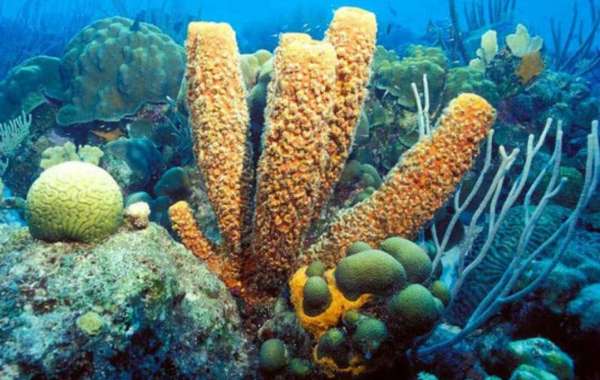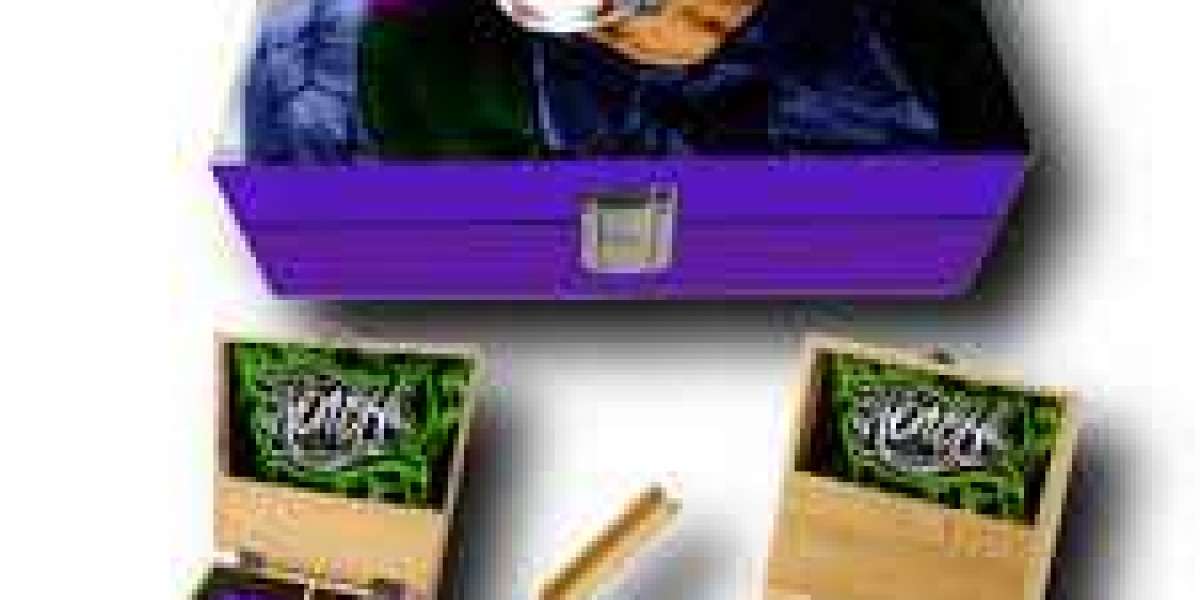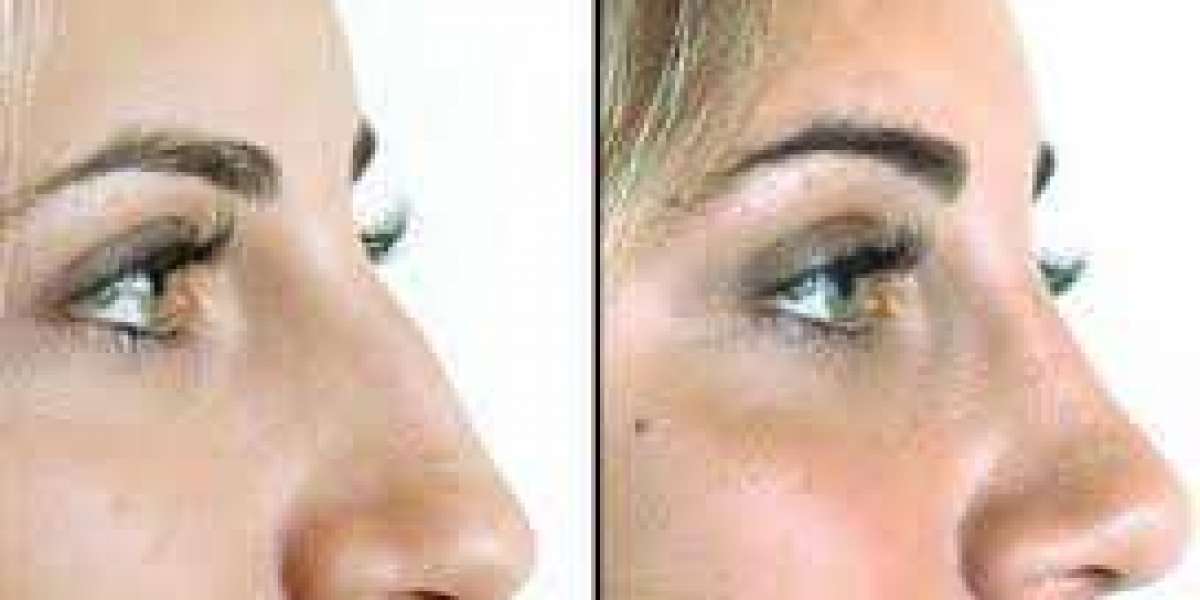The position of these animals in the system of the organic world can be characterized as follows:
- empire - Cellular;
- kingdom - Animals;
- subkingdom - Multicellular;
- type - Sponges.
Today it is known that there are about 8 thousand species. 300 of them inhabit the vastness of the seas of our country.
If we consider all the diversity of multicellular animals in the world, then sponges should be attributed to the most primitive stage in terms of organization. However, these are also the most ancient animals that appeared many thousands of years ago. Over the course of evolution, little has changed in their organization; they retain their characteristics over time.
Classification
The Sponge Type unites all known representatives into four large classes.
Calcarea, or Calcareous. The external skeleton is formed in the form of deposited calcium salts.
Ordinary, or Kremnerogovye. The main representative is a badyaga.
Glass (Six-beam). The class is small.
Coral is a very species-poor class.
All of these sponges have their own characteristics not only of the external, but also of the internal structure, lifestyle and economic significance in human life.
External structure
Perhaps the most unusual in all the characteristics of the animals in question will be precisely the external appearance. The features of the external structure of the sponge are determined by the variety of body shapes that are characteristic of them. So, representatives of different classes can be in the form:
- glasses;
- bowls;
- tree structure.
The symmetry of the body in single forms is of different polarity axial, in colonial forms it is mixed. Each individual has a special flat sole, with which it is attached to the bottom or other substrate. Sponges are most often immobile.
On the upper side of the body there is a special hole called the "osculum". It serves to remove excess water from the internal cavity. Outside, the body is covered with a layer of cells - pinacoderma. They resemble in their structure the epithelial tissue of higher animals.
However, they also have distinctive features - the presence of wide pores. The structure of the sponge provides for the absorption of food particles not through the upper opening, but through numerous perforations that penetrate the entire body, which can contract and expand.
There are two more under the outer layer, which we will discuss in more detail later. The color range of both single and colonial forms is quite diverse. The following types of coloring are found:
- gray;
- green;
- purple;
- yellow;
- white;
- red;
- brown;
- mixed.
The Sponge type brings the underwater world to life, making it even more vibrant, colorful and attractive. Moreover, if we consider a single individual on the surface of land, then it will have a very unattractive appearance: a brownish slippery lump resembling a raw liver, emitting a not very pleasant aroma.
Internal structure of representatives
The types of structure of sponges are similar, whether it is a single individual or attached to a colony. Immediately under the dermal outer layer of porous cells, there is a special intercellular substance that forms a fairly voluminous membrane. In it, the cells are loosely arranged, and their shape is different. The tissue is somewhat reminiscent of the adipose tissue of the higher terrestrial representatives. This structure is called "mesochil".
Under this layer is an internal cavity lined with a special row of cells. This is the gastric layer. All food ends up here, and this is where digestion takes place. All waste products, together with excess water, are directed to the upper opening of the body and are removed through it to the outside.
Also, the structure of the sponge necessarily includes a kind of skeleton. It is formed from calcareous, phosphoric, organic salts, which are produced in special cells of the mesochile. It not only gives the sponges a certain shape of the body, but also is important for the safety of the internal cavity from mechanical damage.
The characteristic of the Sponge type will be incomplete if you do not indicate the main feature of these animals - their body does not have tissues, but only includes cells of different shape and structure, forming layers. This is the main difference between the animals in question from all others.
The aquifer system of individuals is also interesting. It may not be the same for different classes. In total, there are three main types:
Ascon - all communication with the external environment is carried out through a system of pipes through which water moves into special cells-chambers. The most simplified aquifer system, found in a few representatives.
Sicon. A more advanced system that includes a network of branched tubules and tubes that flow into special cells-chambers with flagella.
Leikon is a whole network of oskulums, this type of aquifer system is characteristic only of colonial forms. The most complicated option against the background of all the previous ones.
Reproduction in sponges occurs both sexually and asexually. Sex cells are formed in the mesochil layer. Then the products go out through the pores of the body and, with a stream of water, enter the bodies of other sponges, where fertilization takes place. As a result, a zygote is formed, giving rise to the larva. Fry can be called in different ways: amphiblastula, parenchymal, celloblastula.








Ankita Bengali 3 anni
https://www.escortkolkata.com/kolkata-call-girl-number.html